Optimal Timing for Seamless Gutter Repairs
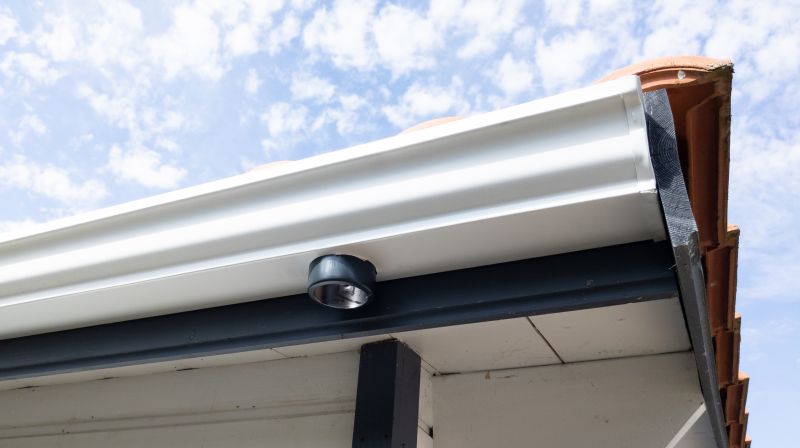
Ways to make Seamless Gutter Repairs work in tight or awkward layouts.
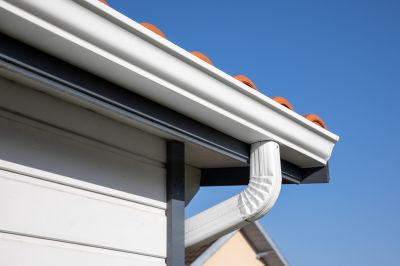
Popular materials for Seamless Gutter Repairs and why they hold up over time.

Simple add-ons that improve Seamless Gutter Repairs without blowing the budget.
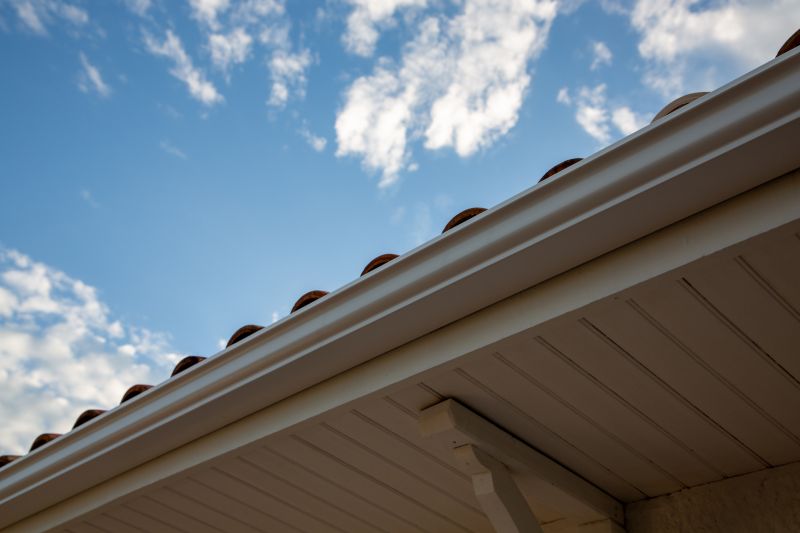
High-end options that actually feel worth it for Seamless Gutter Repairs.
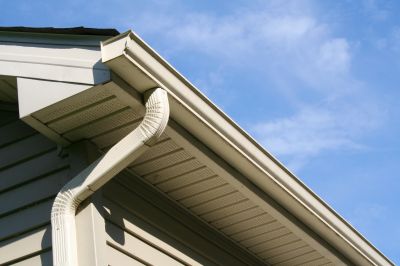
Finishes and colors that play nicely with Seamless Gutter Repairs.
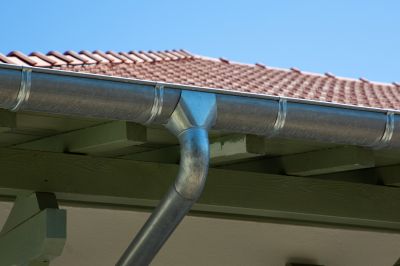
Little measurements that prevent headaches on Seamless Gutter Repairs day.
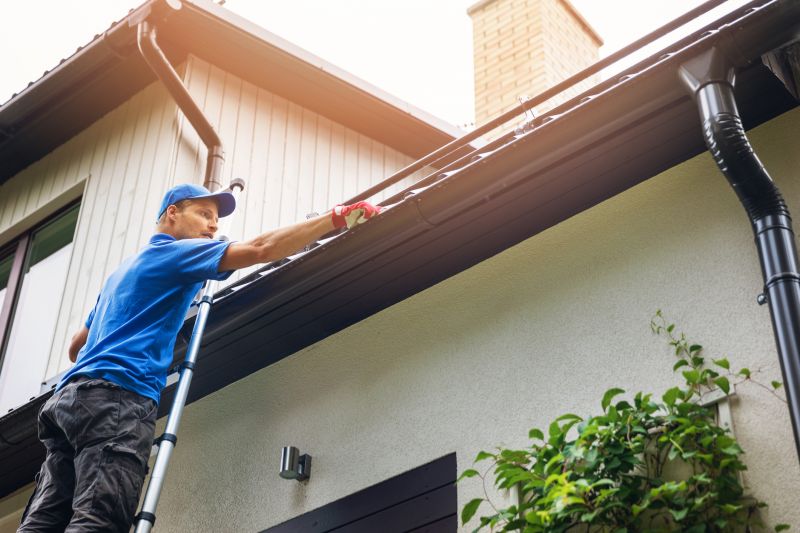
A 60-second routine that keeps Seamless Gutter Repairs looking new.
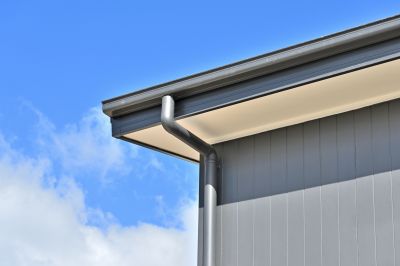
A frequent mistake in Seamless Gutter Repairs and how to dodge it.
Seamless gutter repairs are essential for maintaining the integrity of a building’s drainage system. Properly functioning gutters prevent water damage, protect foundations, and reduce the risk of mold and mildew. Regular inspections and timely repairs ensure that gutters continue to operate efficiently, especially during periods of heavy rainfall or seasonal changes.
Statistics indicate that neglecting gutter maintenance can lead to costly damages, with water infiltration causing structural issues in up to 60% of residential properties. Seamless gutters, due to their continuous design, minimize leaks and reduce the likelihood of blockages. Repairing gutters before issues develop can save significant expenses and extend the lifespan of the roofing system.
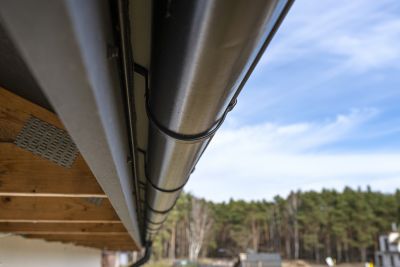
Small tweaks to make Seamless Gutter Repairs safer and easier to use.

Lower-waste or water-saving choices for Seamless Gutter Repairs.
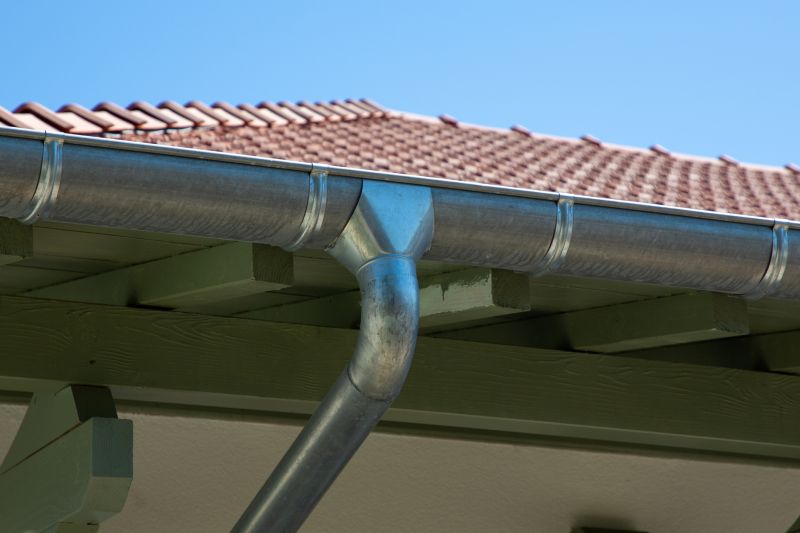
The short, realistic tool list for quality Seamless Gutter Repairs.
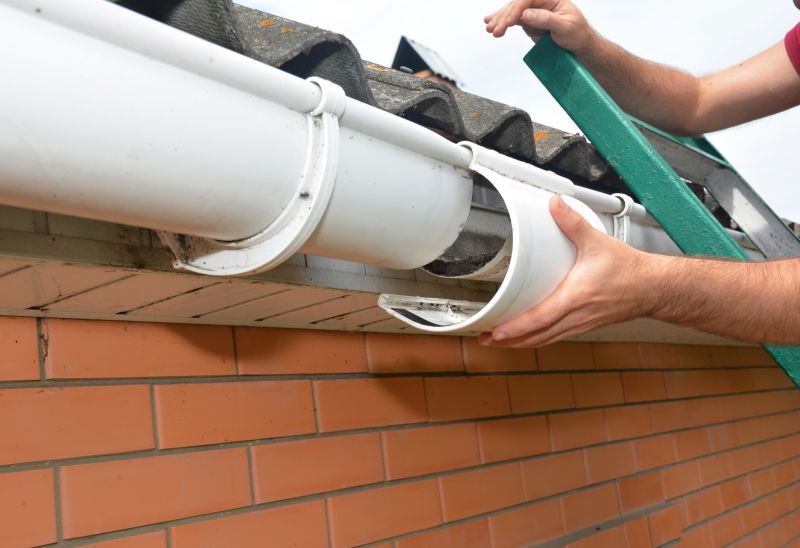
Rough timing from prep to clean-up for Seamless Gutter Repairs.

Quick checks and paperwork to keep after Seamless Gutter Repairs.
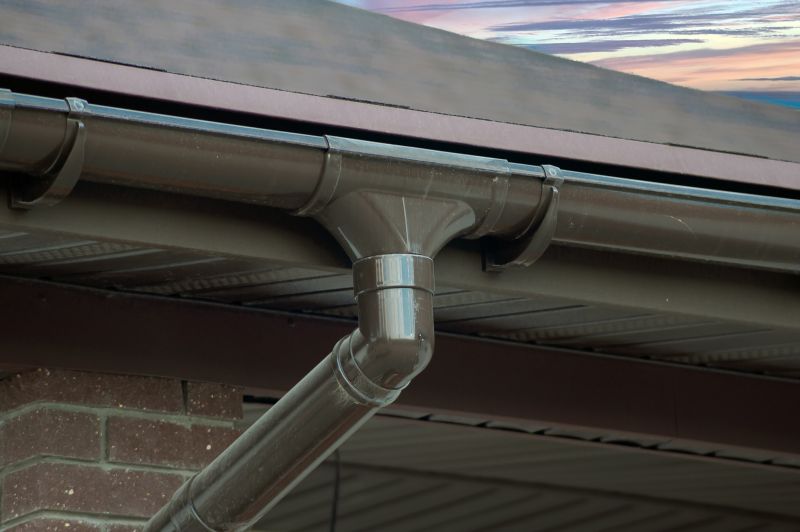
Examples that show the impact a good Seamless Gutter Repairs can make.

Ways to make Seamless Gutter Repairs work in tight or awkward layouts.
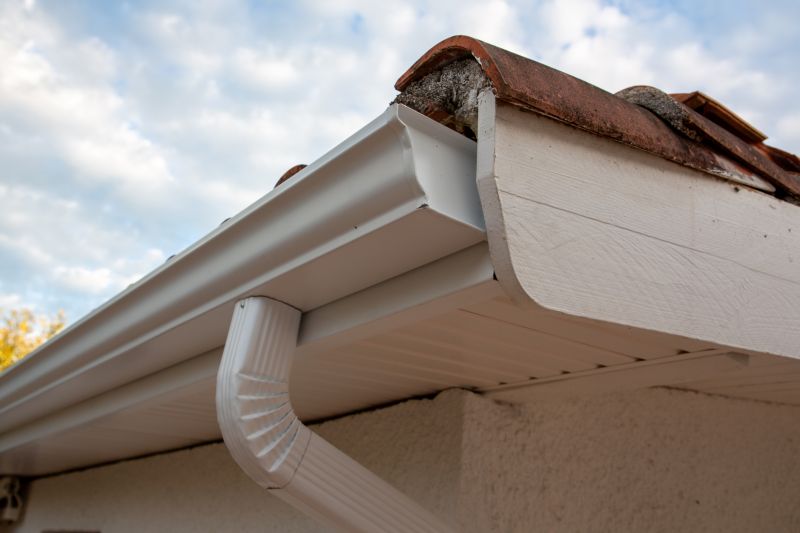
Ways to make Seamless Gutter Repairs work in tight or awkward layouts.
A: The best time for seamless gutter repairs is during dry seasons when weather conditions allow for safe and effective work. Early spring and late summer are ideal, as they precede or follow periods of heavy rain.
A: It is recommended to inspect gutters at least twice a year, ideally in spring and fall, to identify and address potential issues before severe weather.
A: Common signs include water overflowing, sagging gutters, visible leaks, rust, or debris buildup that cannot be cleared easily.
A: Repairs during winter are possible if the weather is dry and temperatures are above freezing, but it is generally better to schedule in warmer months for safety and efficiency.
